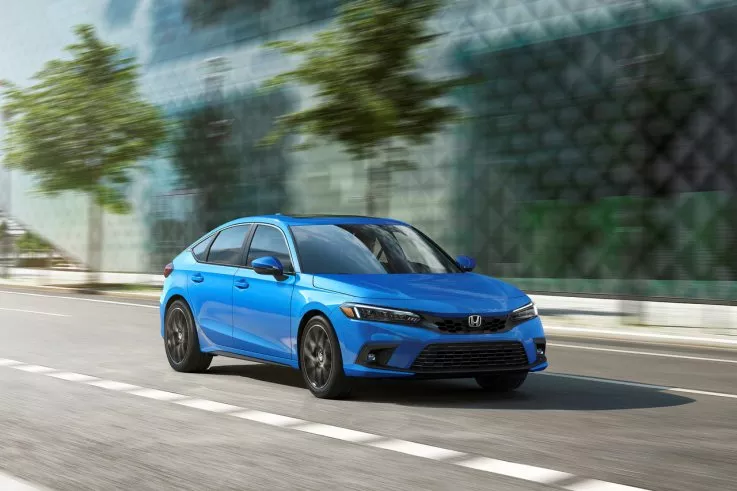
Honda's Safe Swarm Testing is Honing Driver Assist and Safety Systems of the Future
By James McCandless
Newsweek
10/2/21
On the northwest edge of metro Columbus, Ohio, a pilot program designed to test some of the most advanced connected safety technology to-date has been diligently working to increase the safety technology of Honda vehicles.
The Japanese automaker partnered with the city of Marysville, Ohio; the Ohio Department of Transportation and other stakeholders in 2016 to establish the 33 Smart Mobility Corridor along a section of U.S. Route 33.
The 35-mile stretch, connected by a redundant fiber loop, allows Honda to test the latest safety applications of its Safe Swarm suite of connected vehicle-to-everything (V2X) technology. More than 200 vehicles, including Honda Gold Wing motorcycles, are part of the trial.
A number of technologies have been investigated and tested as part of the program including a red light traffic signal countdown timer, vehicle-to-vehicle obstacle detection and braking incident communication, parking space finder, and lane speed monitoring.
In an interview with Newsweek, Sue Bai, chief engineer at Honda Research Institute USA, talked about the importance of testing these technologies in real-world conditions and giving the world a preview of the benefits of connected driving in high-density areas.
"These connectivity-enabled vehicles and infrastructures, such as traffic lights and traffic controllers, talk to each other 10 times a second," Bai said. "[They are] exchanging each other's position, brake status, headings and if there's any emergency alert like airbag deployed status."V2X technology has been in development for years, but was only recently viable after wireless spectrum caught up to the needs of instantaneous information exchange, she added.
Among the technologies being tested is Lane Speed Monitoring, which maps the network of connected vehicles on the road and tells a connected driver which lane is the least congested.
Bai explained that people driving low-profile vehicles are often unable to see the traffic situation up ahead, leading to frequent lane changes. Those changes are one of the causes of accidents that Honda is trying to address.
Simulations run at the Institute suggest that assisting drivers with real-time traffic information can improve overall congestion.
"If we can minimize unnecessary lane changes, that certainly helps the overall traffic flow but also improves safety," she said.
Honda is also testing a Sudden Braking Alert, which informs connected drivers when to hard brake to prevent a collision. A connected vehicle closest to the obstacle would relay a message to approaching vehicles telling them to brake.
As an example, she said that if three vehicles are traveling together on the same route, a sudden brake by the first vehicle would transmit a signal to the third vehicle before a driver could physically see the first vehicle.
In a traditional driving situation, a second vehicle blocking the third vehicle's view in this situation would usually result in a pile-up.
"That happens often, especially in bad weather conditions when the driver has a hard time perceiving what the leading traffic pattern looks like," she said.
The connected vehicles used in the pilot program are also utilizing Honda's Situational Awareness function to navigate the connected corridor. When a vehicle enters the corridor, the head-up display will relay to the driver the relative location of other connected vehicles as well as connected pedestrians.
Even if none of the vehicles are connected within a given intersection, the surrounding infrastructure sensors will be able to map out those cars on the road and send that information to a connected driver.
"The infrastructure would have a birds-eye view of the intersection and then digitize each of the vehicles and pedestrians for the equipped vehicle," Bai explained. "As long as you have this vehicle with this connectivity, that entire intersection would become fully connected to you even though maybe none of the other cars or pedestrians has this [technology]."
The goal is to study the data taken from the test area, refine the technology further and work out some of the issues with connectivity. Bai thinks that this gives the automobile industry the chance to look into the future of high-density environments.
"I think we're improving people's lives," she said. "Whether from safety, economic impact or the technology evaluation. That is what I'm most proud of."

